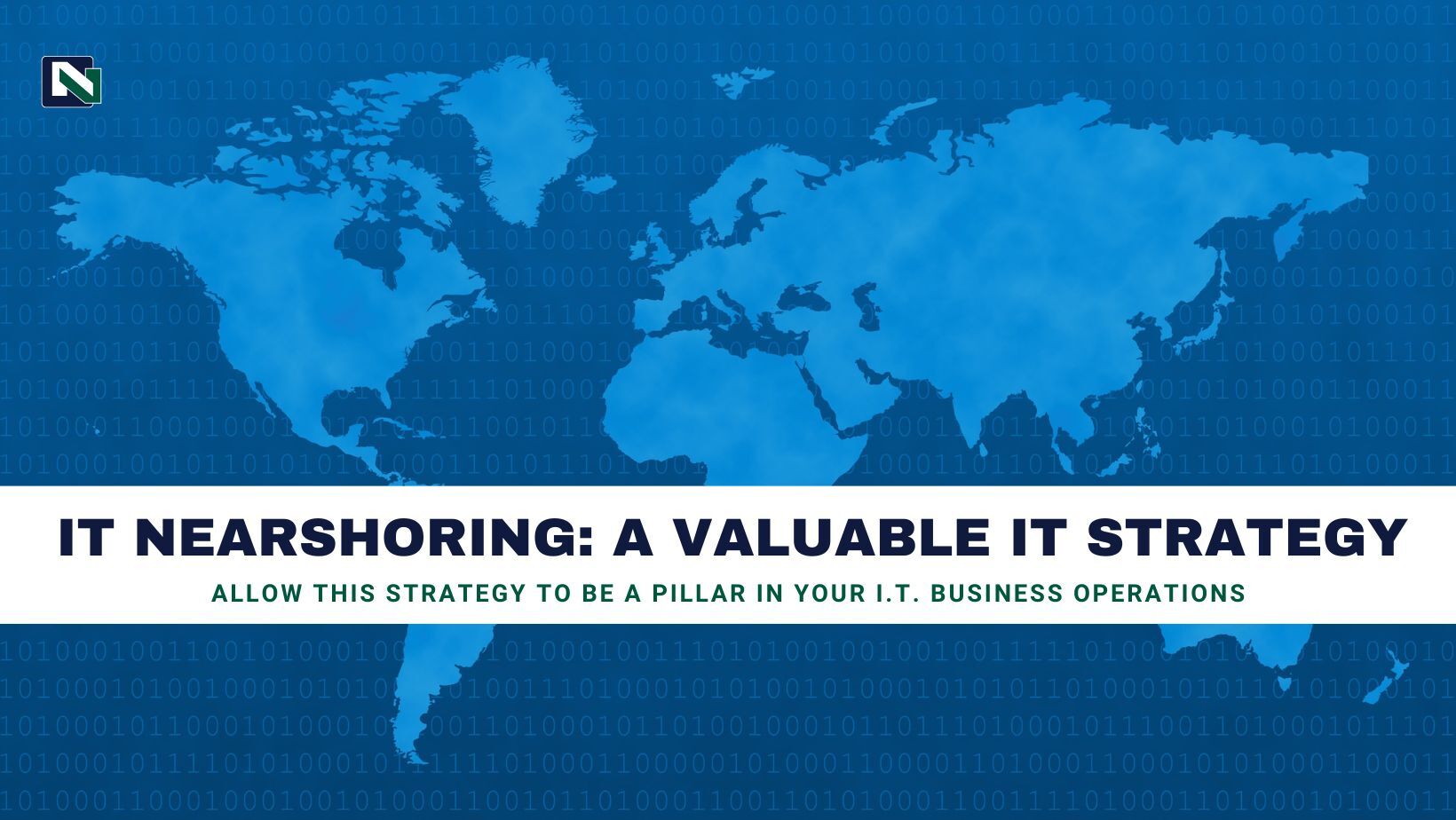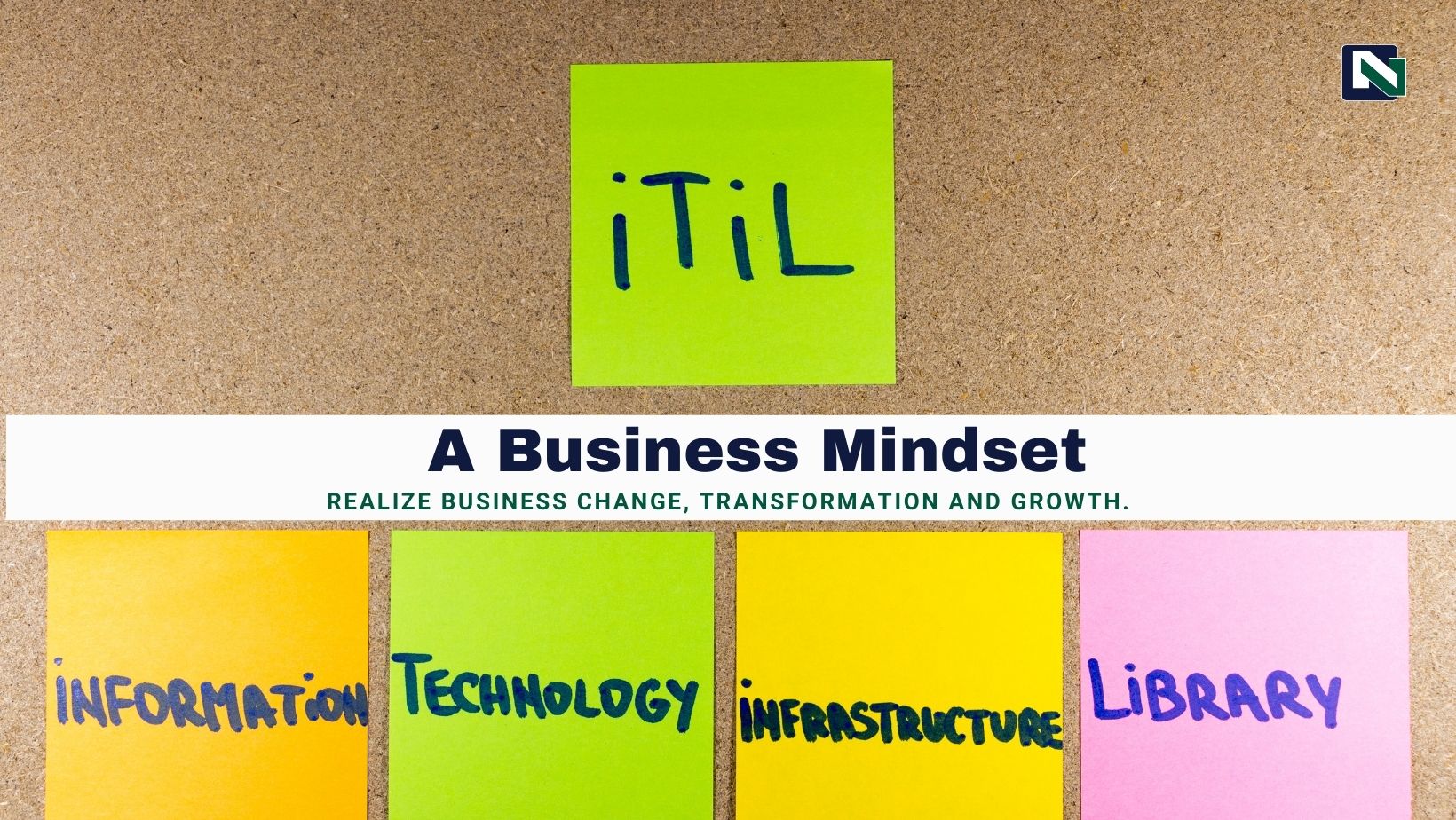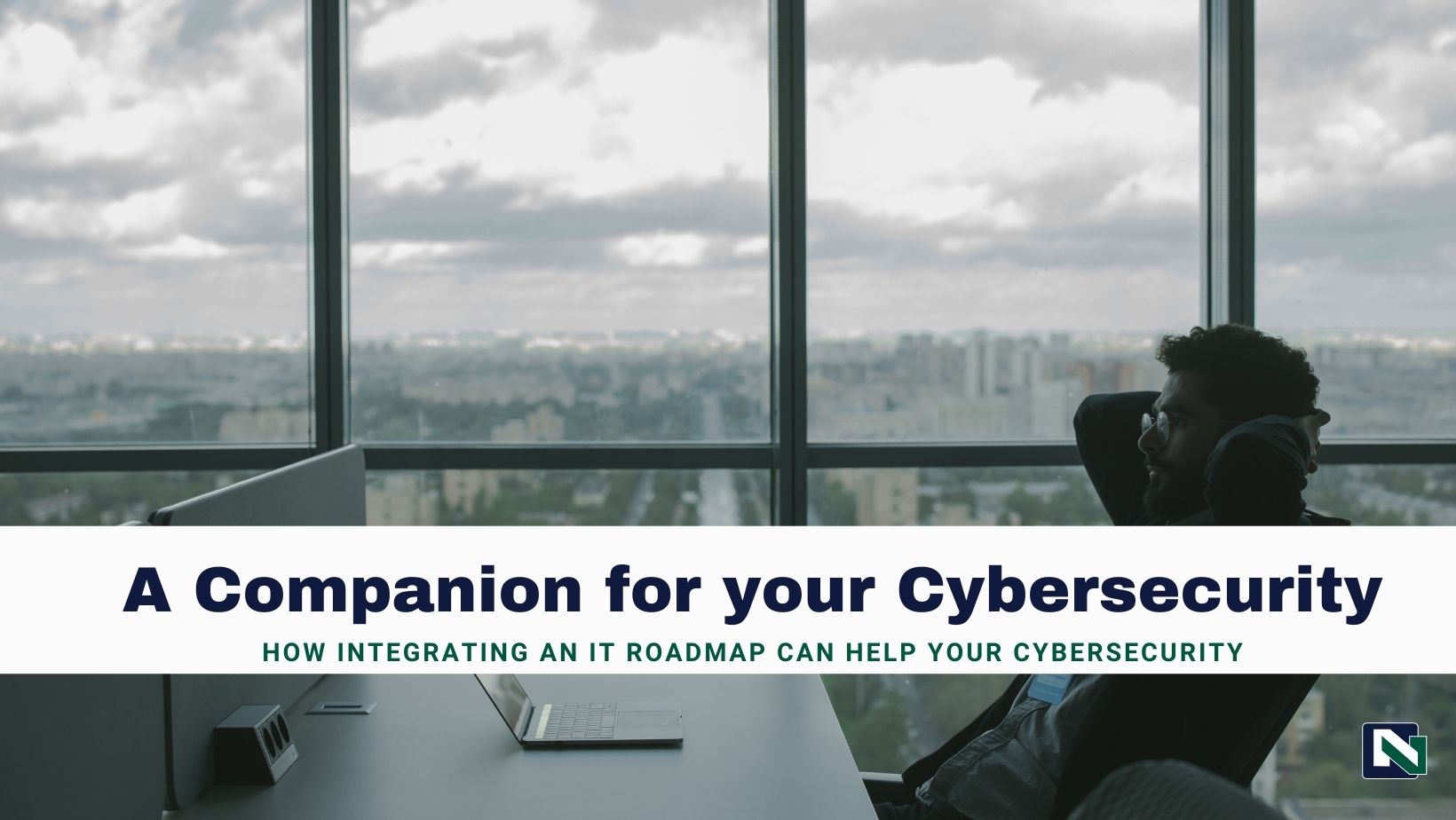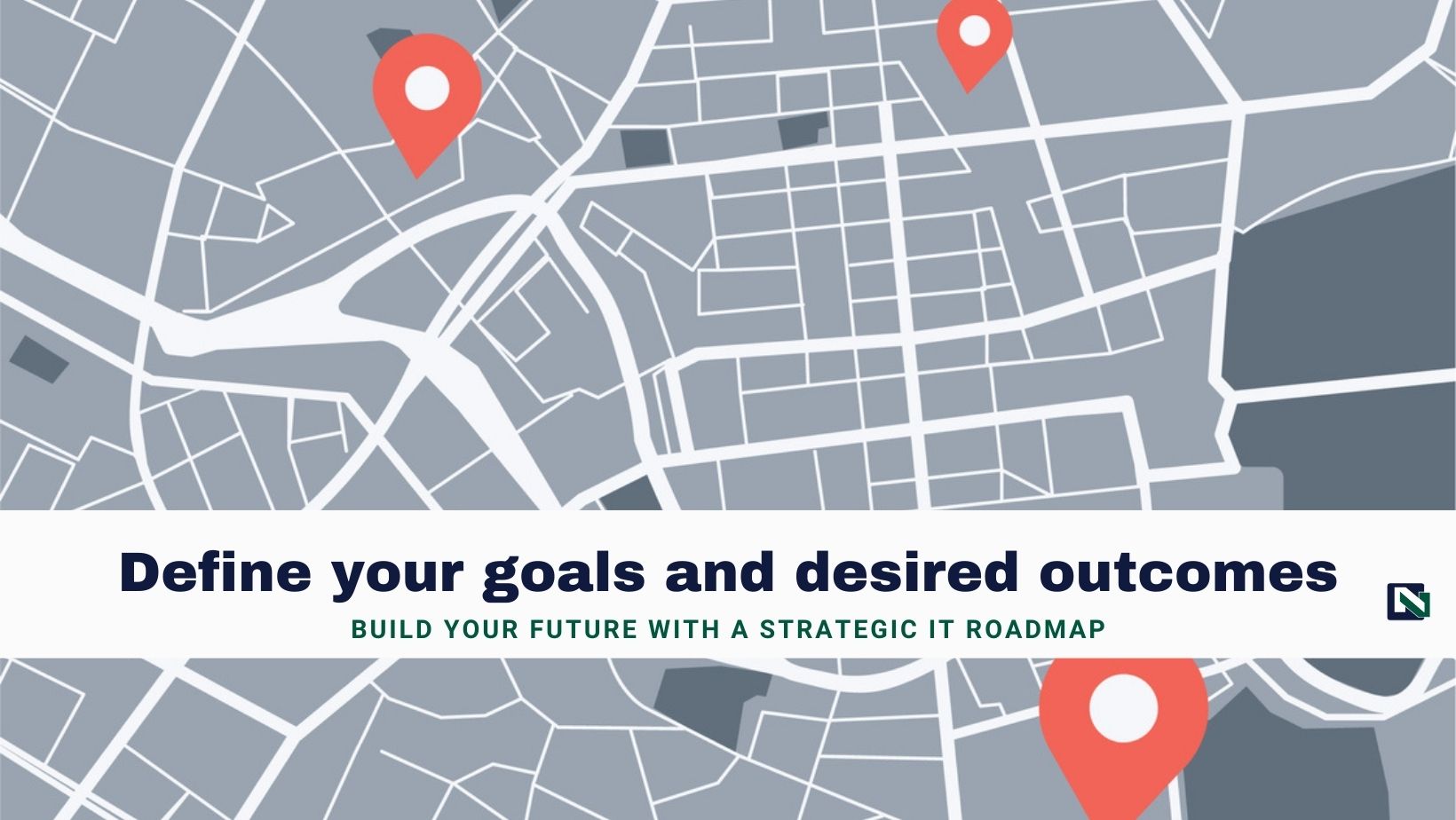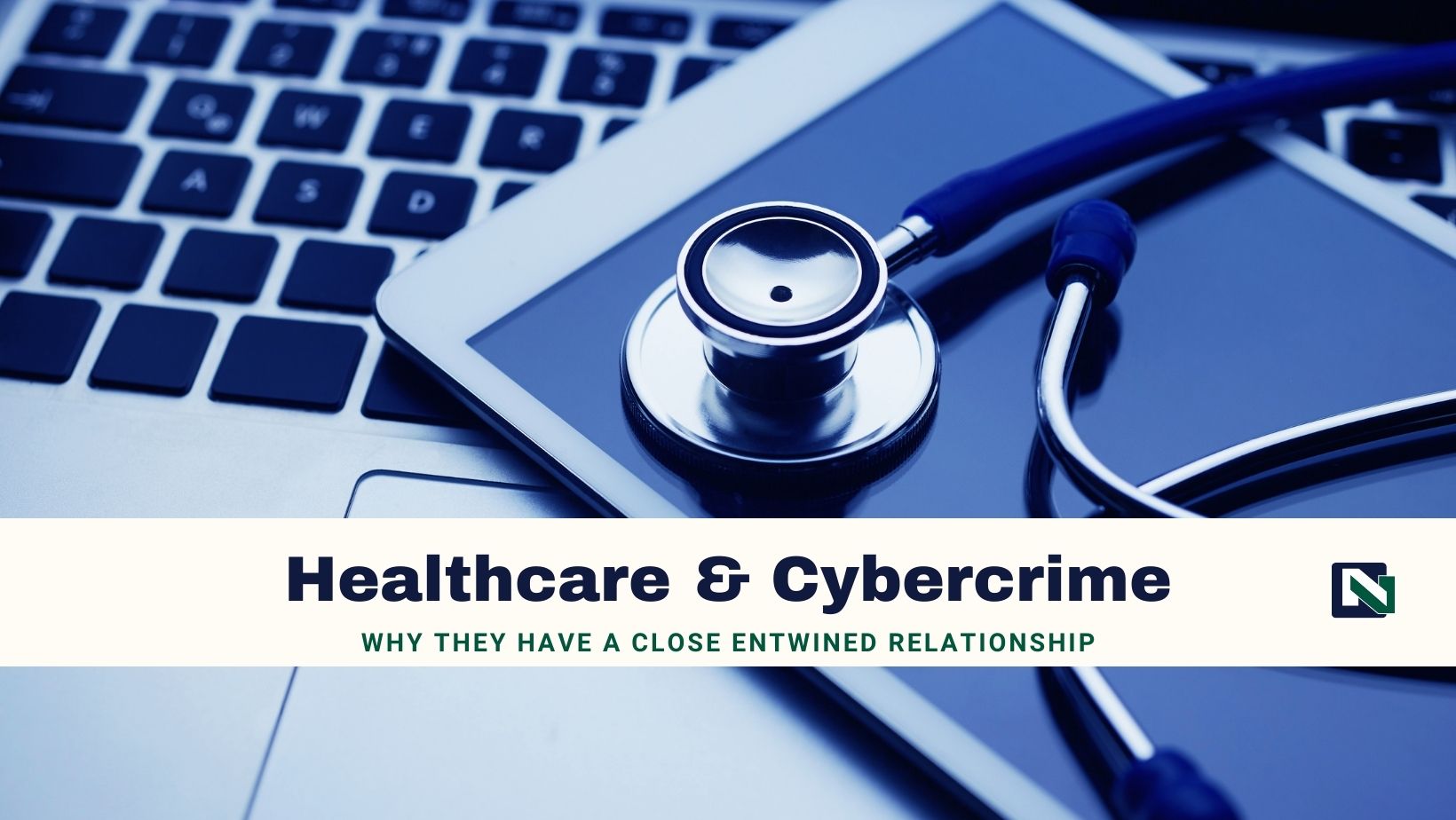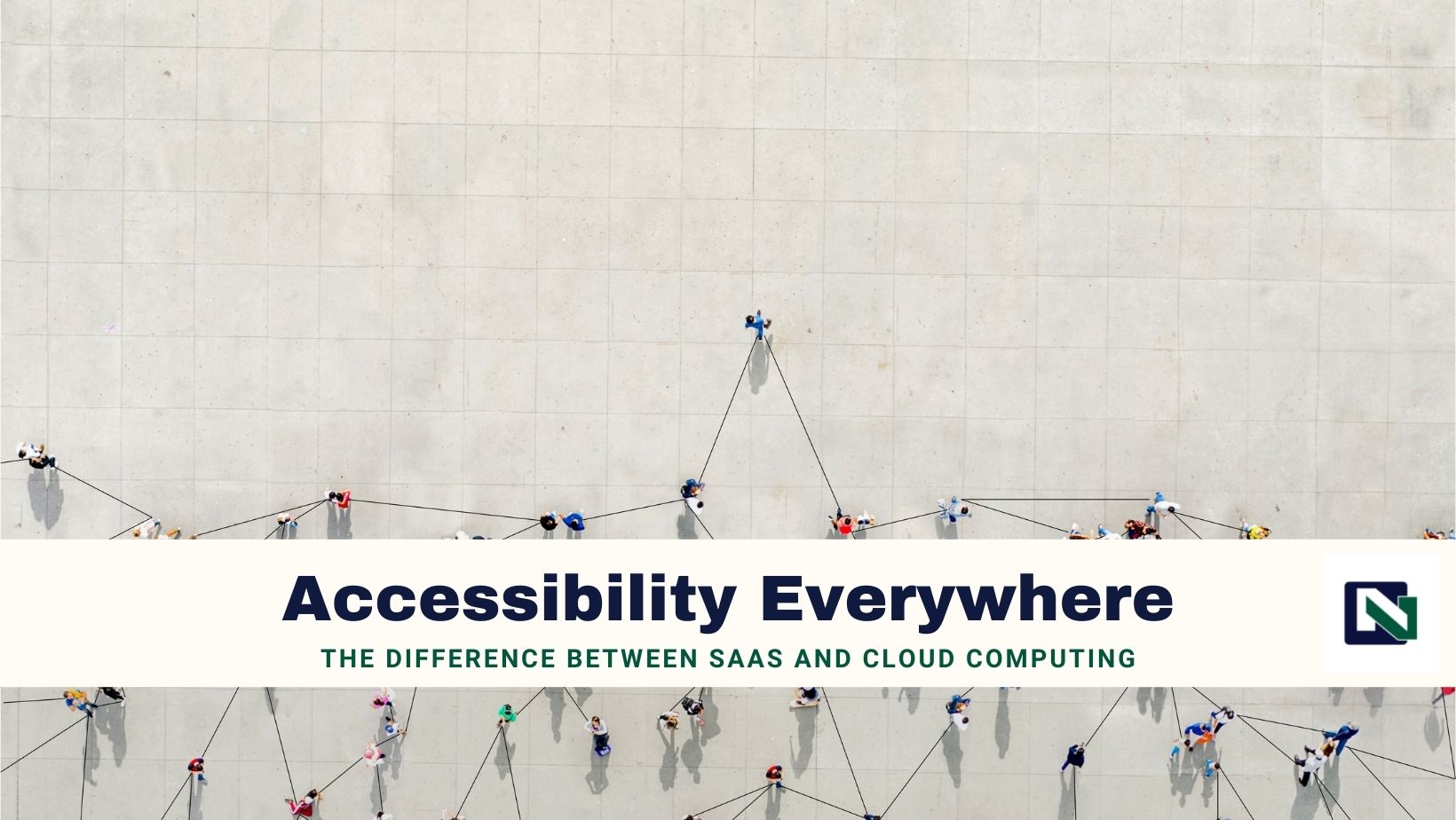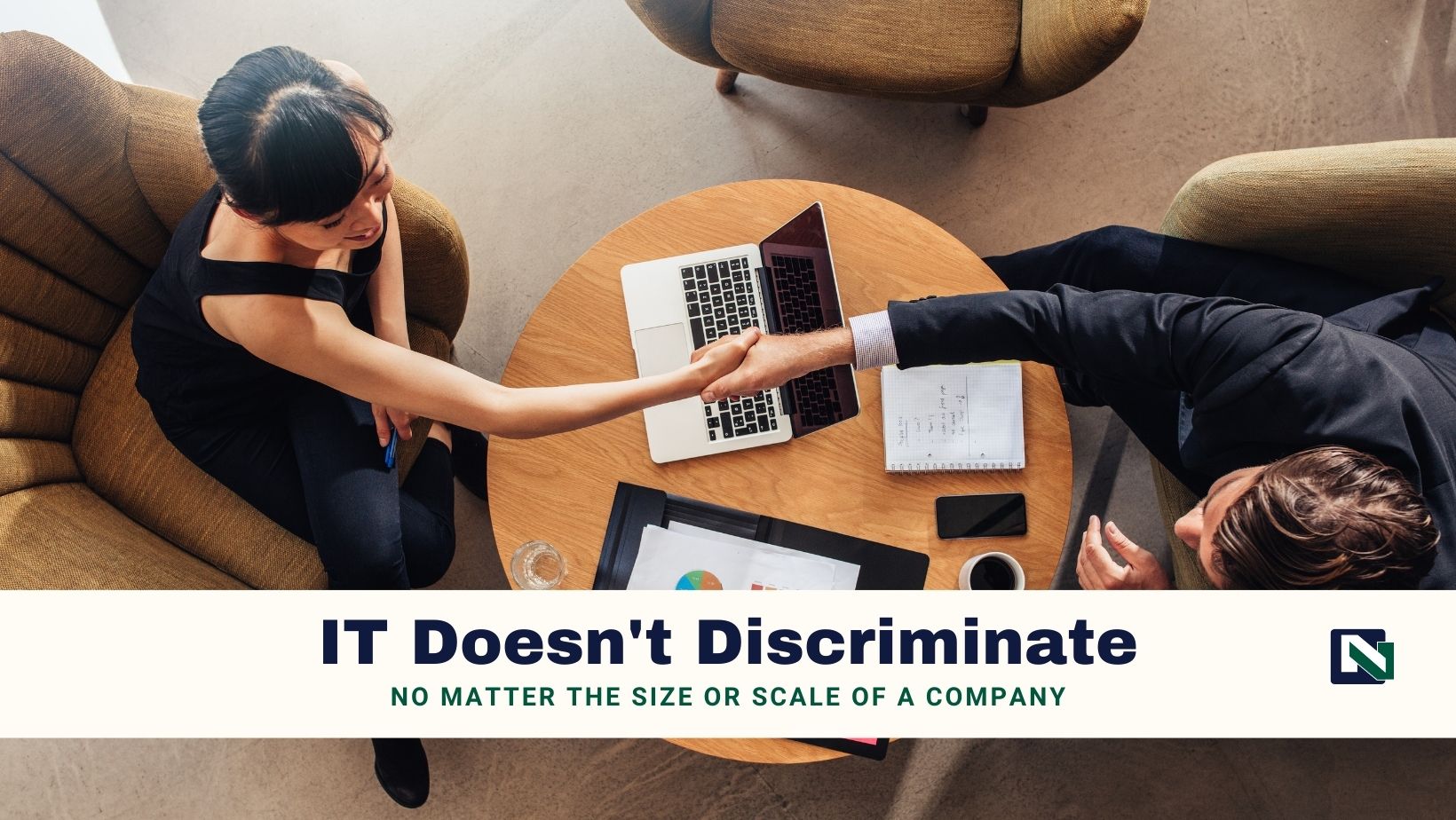Today, competition is relentless as there are always many options and alternatives available to users for products and services. To attract consumers in a crowded marketplace, your target audience needs to know why they should choose your business over others. This is where an engaging customer experience from your website or mobile application comes in; to educate, market and sell current and potential customers about your business and how it serves a need they have.
The content you communicate through your channel is your platform to let prospective customers know who you are and what makes you unique. This can directly influence the perceived credibility and quality of your business. Unfortunately, these platforms are often subject to snap judgements, that immediately influence perceptions and validity. Therefore, even though first impressions are 94% correlated to your User Interface design (n.a. 2021), the introduction and relationship the customer has with your UX, or User Experience design is just as important.
UX encompasses the way in which a participant interacts, explores, and navigates your site. As people enjoy engaging and operating with brands that satisfy them, having an intuitive and effective experience will facilitate user return and delight.
UI UX Design – Look Good Feel Good
Most people search for a product or service for a while before trusting a company and making a purchase. If your platform makes the reader ‘think’ or ‘chase’ the answer they’re looking for, they’ll leave feeling dissatisfied. Therefore, enhancing customer engagement and creating credibility through your overall design will elevate your chances in winning their business.
UI UX design will affect brand recognition. Though both UI and UX are integral to each other, they are not interchangeable; the roles themselves are different but are equally as important to customer experience. If your platform looks good but doesn’t ‘feel’ good and vice versa, you will lose the opportunity to engage with your customers at a higher level.
Websites and mobile applications should tell a story that is both easy to follow and understand. An effective UX design helps you ensure the emotional association between your business objectives and customer needs. According to many studies 88% of online consumers are less likely to return to a site after a bad experience (N.a. 2021), but a well-designed user experience can increase conversion rates up to 400% (Medz 2020). Therefore, optimizing usability and accessibility will have an incredible effect on customer satisfaction and reduce their resistance to buy your products or services.
In essence, it is integral to create all content with the user in mind. Your channel can be a main point of judgement which carries over into the way users perceive your company. A bad website or mobile application can tarnish a company’s reputation significantly, but a great one can help a company expand and grow its influence. For these reasons and more, investing in a reliable UI UX design is very important to grow your business with higher conversion rates.
“27 Eye-Opening Website Statistics: Is your Website Costing you Clients? N.A. 2021. 27 Eye-Opening Website Statistics [Updated for 2021] (sweor.com)
“5 Reasons Why UX Design Is Important”. Medz, Nick. 2020. 5 Reasons Why UX Design is Important – Life of Automation


